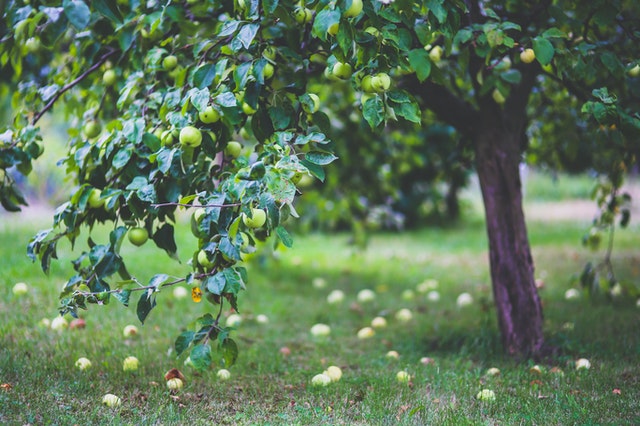Having your own garden is a dream for many. It’s not just a place for relaxation and enjoyment but also a way to connect with nature and promote a sustainable lifestyle. Whether you have a sprawling backyard or just a cozy balcony, you can create a green oasis that provides joy and tranquility throughout the year. Here are some tips and ideas to help you transform your space into the garden of your dreams.
Planning Your Garden
1. Define Your Needs and Goals: Before you start planting, think about what you want to achieve with your garden. Are you looking to grow your own vegetables, create a floral paradise, or maybe both? Do you need a play area for children or a serene spot for relaxation? Having clear goals will help you plan better and create a garden that meets your needs.
2. Analyze Your Soil: The quality of your soil is crucial for the success of your plants. Test your soil to determine which nutrients are present and what might be lacking. Depending on the results, you can improve the soil with compost, fertilizers, or other amendments.
3. Create a Plan: Draw a sketch of your garden and plan where you want to place your plants, pathways, and any structures like pergolas or ponds. Consider the sunlight needs of your plants and ensure they get adequate light.
Choosing Plants
1. Adapt to the Climate: Select plants that thrive in your climate. Different regions have various plant hardiness zones, so choose plants that will do well in your specific area. Local nurseries can provide good advice on which plants are best suited.
2. Variety and Diversity: A mix of perennials, annuals, shrubs, and trees will give the garden life and structure all year round. Include plants that bloom at different times to keep the garden colorful throughout the seasons.
3. Edible Plants: If you’re interested in self-sufficiency, consider growing vegetables, herbs, and fruit trees. These plants can be both decorative and useful, allowing you to enjoy homegrown produce.
Maintaining the Garden
1. Watering: Proper watering is essential for plant health. Invest in a good irrigation system, such as drip irrigation or sprinklers, to save time and water. Water in the morning or evening to minimize evaporation.
2. Pruning: Regular pruning helps keep plants healthy and promotes new growth. Remove dead or damaged branches and shape your shrubs and trees to improve their appearance and health.
3. Weed and Pest Control: Weeds can compete with your plants for nutrients and water. Keep weeds under control by weeding regularly and using mulch. For pests, try natural remedies or biological control methods.
Enjoying the Garden Year-Round
1. Spring: Spring is a time for planting and preparation. Start by preparing the soil, planting new plants, and pruning old ones. Enjoy the first flowers that appear and plan for the growing season.
2. Summer: In summer, the garden is in full bloom. Continue to water regularly, weed, and harvest your vegetables and fruits. Take time to enjoy your garden and relax in your green oasis.
3. Fall: Fall is the time to prepare the garden for winter rest. Harvest the last of your crops, clean up fallen leaves, and plant bulbs for spring flowers. Compost garden waste to improve the soil for the next season.
4. Winter: Even in winter, you can enjoy the garden. Plan next year’s garden, ensure your plants are protected from frost, and look for winter-blooming plants to add color to the garden.
Conclusion
Having a garden is not just a pleasant hobby; it’s also a way to live closer to nature and enjoy its beauty all year round. By planning carefully, choosing the right plants, and taking good care of your garden, you can create a green oasis that brings you joy and relaxation. So get started, grab your gardening tools, and begin cultivating your dream garden!



